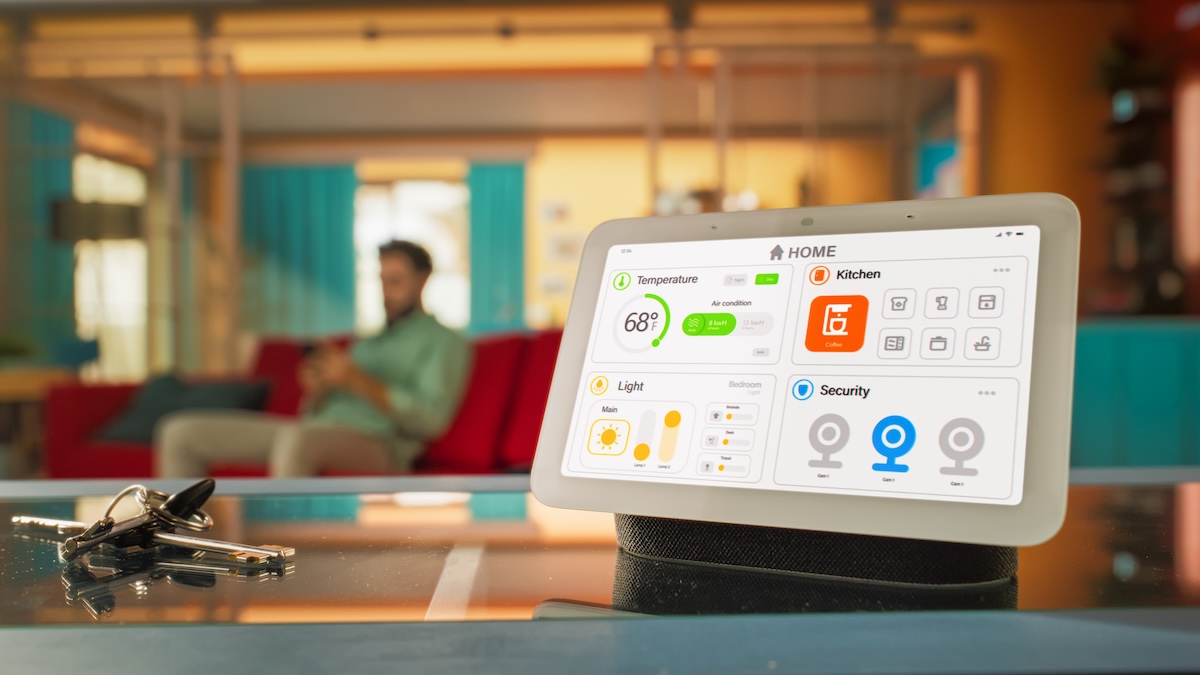
Smart home technology is transforming the way we live. Thanks to this technology, you can turn lights on and off from the couch, unlock doors without a key, or even wake up to a freshly brewed pot of coffee. In a smart home, devices and appliances are controlled automatically or remotely through an internet connection to create an optimal living experience.
Homeowners choose to automate their homes for a variety of reasons, with some of the most common being energy efficiency, safety and security. Additionally, smart home features can be utilized to create accessible environments for the elderly and differently abled. While home automation is intended to make life simpler, creating a smart home is a little more complex than buying new devices and connecting them to the internet. So, before you venture into home automation, here are a few things you should know so you can make the most of the technology.
Whether you are building a new home or transitioning your existing one, careful planning is a critical component of home automation. A great way to start is figuring out how much, or how little, automation you want in your home. Some smart homeowners opt for simple setups that control lights and security cameras. Others go a little further and also automate door locks and indoor climate control. And others go all out, automating lights, sound systems, full security systems, smart appliances, indoor climate control, window shades and more.
If you’re building a new home, let your architect know about your intentions to automate so that locations for security cameras and motion sensors, for example, can be factored into the design. This will ensure that devices are placed in the most effective locations to minimize blind spots and maximize coverage. While it seems like Wi-Fi is all we hear about these days, hardwired connections remain the best choice for reliability and security and should be included in the plans as well. Depending on the level of automation, you will also need to designate an area, like a small room or hallway, as the hub where all the network cables meet.
If you are thinking of adding smart features to your current home, make sure to evaluate the existing infrastructure before investing in new smart devices or technology. This will help you make an informed decision about the technology best suited for your home. And, if necessary, make some adjustments, like adding electrical outlets or installing multiple wireless routers, to maintain coverage throughout the house and make the best use of the smart technology.
As you continue planning for your smart home, compatibility and cost are also factors to keep in mind. With smart home technology becoming widely available, you will find dozens of brands on the market. It may be tempting to just buy whichever is on sale, but you should take your time to understand the devices that work well together first, so you don’t encounter compatibility issues later. While smart home technology has also gotten more affordable in the last few years, you should also be thinking of the costs beyond the purchase price. These costs include service subscriptions, upgrades and professional support, and the additional energy costs for always-on devices like security cameras.
Privacy is a major concern with smart homes. Following cyber-security best practices, such as network segregation, strong passwords and installing the recommended updates, is essential to safeguarding your smart home against bad actors. Reliability, especially in the event of a power outage, is also a concern. Include back up power solutions, particularly for critical functions, and set up manual overrides for all automated systems.
When it comes to creating a smart home, proper planning is essential for successful execution. The number of factors to consider might seem daunting at first, but, when implemented effectively, your smart home technology can bring innovation, convenience and comfort to your life. If you need help determining what automation setup is right for you, a smart home consultant can guide you through the process.
Ready to take the step towards automation? Here at Co-op Bank, our financing solutions are designed to help you achieve your goals. Let’s explore the borrowing option that’s right for you; visit us today.





